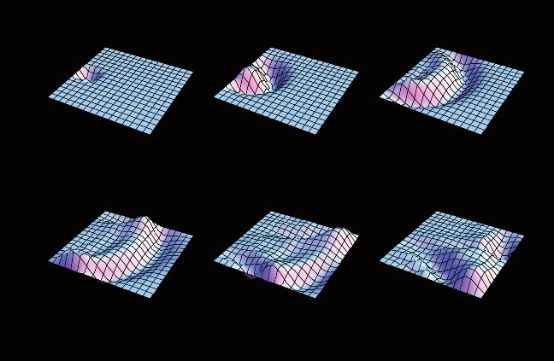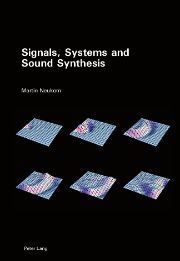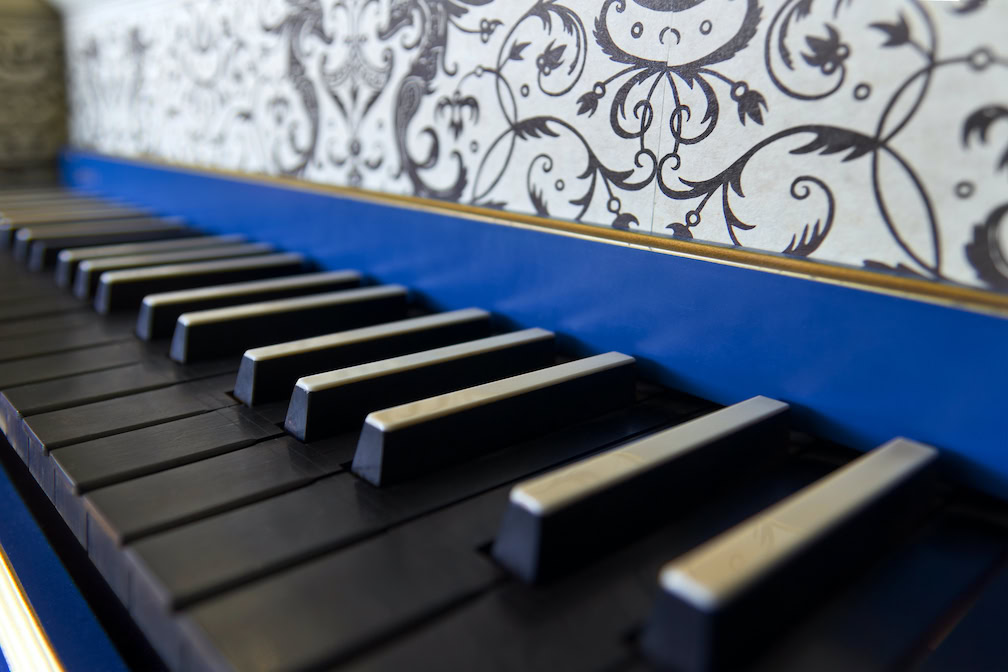Standard work for specialists
Digital music production is a wide-ranging, complex field. Martin Neukom approaches the phenomena from a mathematical perspective.

Its origins lie in 1957: the American composer Max Mathews composed the first digital work in music history on an IBM 709 computer. It is 17 seconds long and sounds just as strange today as the analog ring modulators used by Karlheinz Stockhausen, Karel Goeyvaerts and Gottfried Michael Koenig in Cologne. Little happened immediately after 1957. It was not until the 1970s that things got going: the first conference for computer music was held in 1974. From 1977, the Computer Music Journalwhich to this day reflects developments that can only be reconciled with instrumentology and harmony theory to a very limited extent.
This is also true of the Signals, Systems and Sound Synthesis. Gerald Bennett, founder of the former Zurich Institute for Computer Music and Sound Technology, has taken the trouble to translate the book published by Martin Neukom in 2003, including a number of revisions and additions. The result is a standard work, albeit one for specialists. On the one hand, this is due to the flood of new composition programs and the diversification of digital music production, which encompasses such heterogeneous areas as Fast Fourier Transformation, granular synthesis and working with Max patches. On the other hand, the complexity lies in the methodology. Neukom's arguments are strictly mathematical. Even relatively simple acoustic fundamentals such as the propagation of sound waves or the differentiation between sound strength and sound intensity quickly expand into complex problem areas that the skilled acoustician may understand, but which elude the comprehension of the less numerate music historian.
Neukom and Bennett have included a CD with the more than 600-page tome, which offers sound examples in addition to the complete book content. As most of the files are written in unusual programming languages such as Mathematica Notebooks, Csound or C/C++, it is necessary to download special applications such as a Wolfram CDF Player. However, if you do not have a current operating system, you will have to limit yourself to the fortunately traditionally printed pages.
Martin Neukom Signals, Systems and Sound Synthesis, translated into English by Gerald Bennett, 619 p., Fr. 110.00, with CD, Peter Lang Verlag, Bern 2013, ISBN 978-3-0343-1428-2









